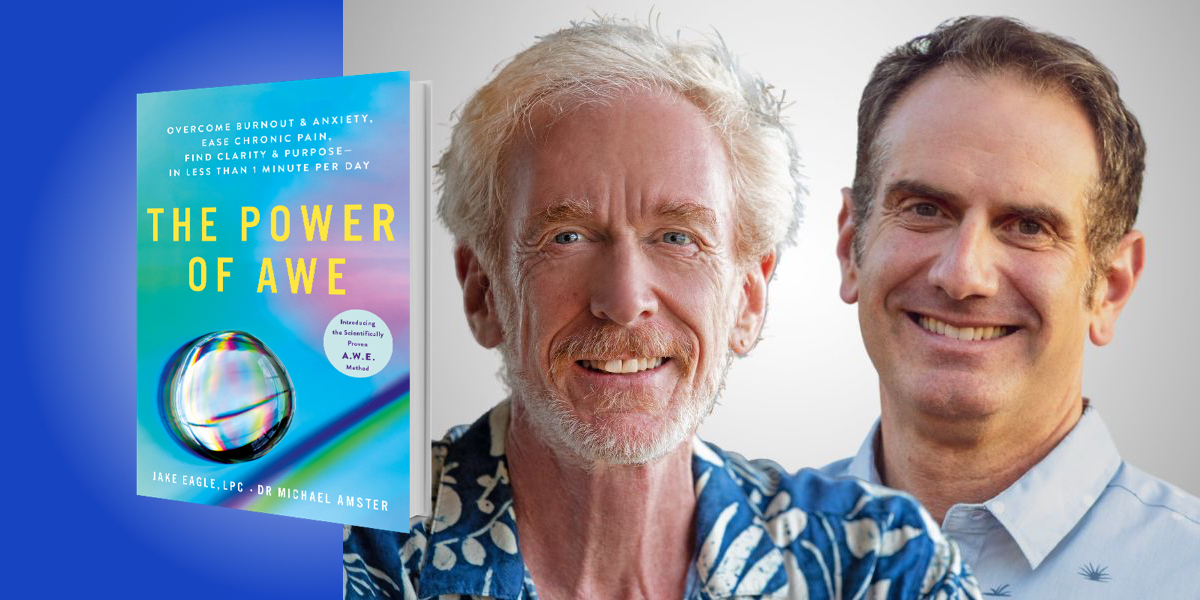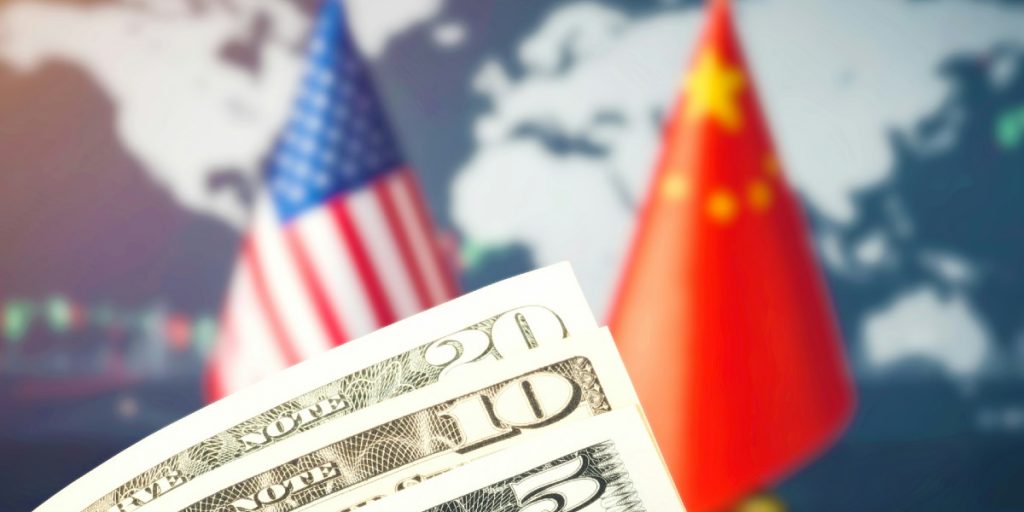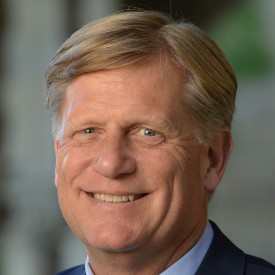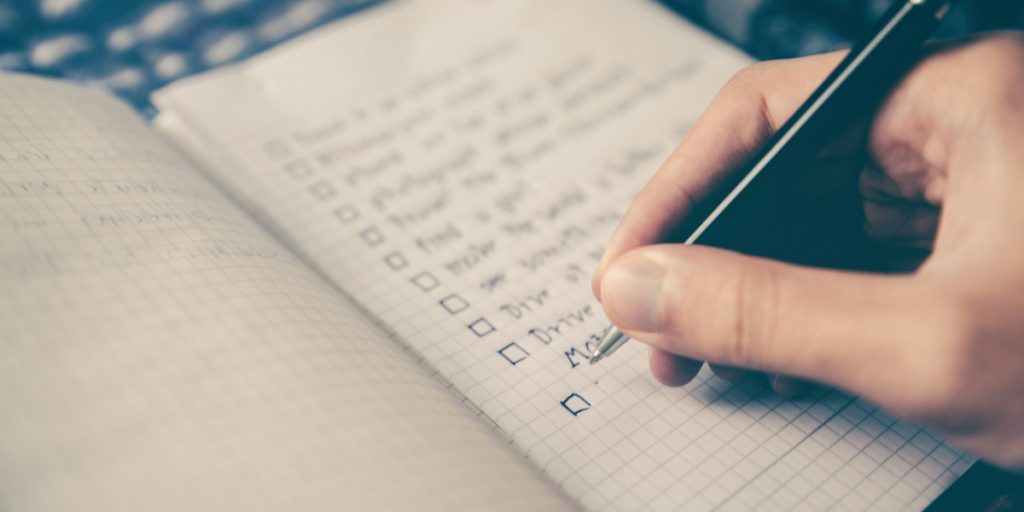Jake Eagle has been a psychotherapist in private practice for the past thirty years. Michael Amster is a physician, specifically a pain management specialist. They have been conducting research studies, at the Greater Good Science Center of University of California Berkeley, about mindfulness practices and the power of awe.
Below, Jake and Michael share 5 key insights from their new book, The Power of Awe: Overcome Burnout & Anxiety, Ease Chronic Pain, Find Clarity & Purpose—In Less Than 1 Minute Per Day. Listen to the audio version—read by Jake and Michael—in the Next Big Idea App.
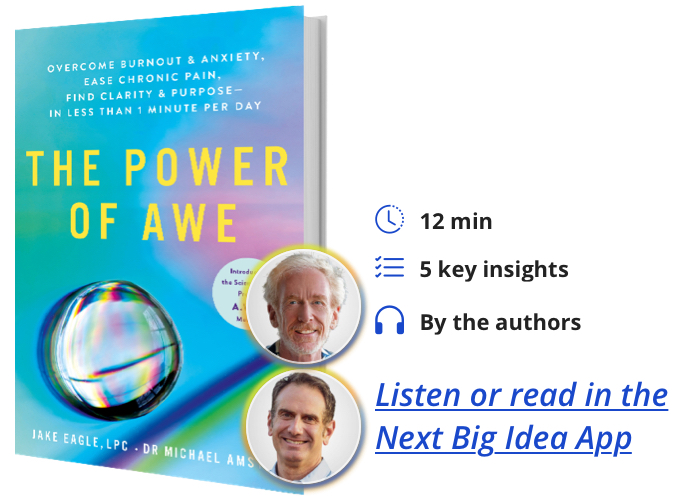
1. Awe can be found in the ordinary.
The emotion of awe has been known to be powerful, but in previous studies, researchers relied upon extraordinary sources of stimulation to induce states of awe. What we did was different; we developed a method for discovering awe in the ordinary. Awe is in you and surrounding you all the time, but if you don’t know how to access it—even if you’re living a good life—you may feel unhappy, anxious, or depressed. But by using our A.W.E. Method, you can experience awe in those ordinary moments.
These moments can include sensorial awe, which arouses your senses when walking barefoot in the grass, petting an animal, or tasting food. Moments of awe can also include conceptual awe that arises when we think a thought or hear an idea that blows our minds.
Moments of awe can include interconnected awe that awakens and deepens our connection to other sentient beings. Sources of awe surround us when driving, talking, walking, working, and connecting with others.
“Awe is in you and surrounding you all the time, but if you don’t know how to access it—even if you’re living a good life—you may feel unhappy, anxious, or depressed.”
I’ll share a short story to illustrate this point. My wife, Hannah, joined me on one of my trips to Tokyo, and while I was teaching a workshop, she traveled by train to the city of Nara. Her first night there she went for a walk and got lost and couldn’t find her way back to her Ryokan, which is a small hotel. She started to panic, which made things worse. But then she began taking notice of the sparkling night sky, the ancient architecture of the buildings, the reflection of the moon on the surface of a pond. She told me that she felt she was in a trance, in awe of the culture and beauty surrounding her. Instead of feeling scared, she suddenly felt safe. She ended up walking for hours before finding her way back to the Ryokan. Her awe arose from ordinary things that we often take for granted.
2. Awe can be an antidote to existential anxiety.
As a psychotherapist for the past 30 years, I have identified existential anxiety as one of the underlying sources of suffering, because consciously or unconsciously, most of us feel anxiety related to our mortality, feeling alone, and wondering about the purpose of our lives. These are existential issues without many effective remedies—but awe minimizes concerns about death because when we experience awe we experience timelessness. Time is suspended.
Awe is an effective way to reduce loneliness because when we experience awe, we feel connected to something larger than ourselves. Additionally, awe expands our state of consciousness in such a way that we are more likely to find meaning in our lives—something that takes us beyond the tendency to be self-absorbed. Instead of looking inward, we look outward, expanding beyond the constraints of time and words.
3. Awe induces presence.
In many areas of our lives we can use our presence, instead of force or effort, to create what we want. We hear about the value of being present, but it’s not always clear how to be present. Entering a state of awe may be the most direct route to creating presence. In many situations—intimate relations, times of stress, feeling overwhelmed—presence can be more effective than working harder to resolve an issue. Trying hard, using force and effort, is tiring—whereas being in a state of presence is energizing.
“In many situations—intimate relations, times of stress, feeling overwhelmed—presence can be more effective than working harder to resolve an issue.”
A few years ago, I got into cycling. I spent months training so that I could ride up and over a high mountain pass. But as winter approached, I realized I just wasn’t in good enough shape to reach my goal, so I gave up. Then, a couple weeks later, we had an unusually warm fall day and for the heck of it I pulled my bike off the rack and went for a ride with no expectations other than to be present and enjoy the sensations of riding my bike in the autumn. I rode the same route I had been riding when I was training, but this time I went up and over the mountain pass effortlessly. How was that possible? When we enter a state of awe, we stimulate energy that can be bound when we are trying too hard to do something. In many situations, presence can replace force, and awe is the quickest way to create a state of presence.
4. Awe is a medical intervention.
Similar to taking a pill to treat high blood pressure, depression, or anxiety, when awe is micro-dosed at least three times a day, it improves mental and physical health. In our studies, we saw this cause a 35 percent reduction of depression and a 25 percent reduction in anxiety. These results are comparable to taking medications or going to psychotherapy, but a lot easier and with no side effects.
This is possible because awe shifts our physiology and resets our nervous system, which affects our emotions. A prior study of awe demonstrated that awe reduces inflammation in our bodies. Simply put, awe helps us heal.
“Awe shifts our physiology and resets our nervous system, which affects our emotions.”
The more often study participants practiced these brief moments of awe, the more they benefited. When practiced enough, the A.W.E. Method has a cumulative effect, and soon you begin to experience spontaneous moments of awe. These moments are more than delightful, they’re life-changing. Awe can heal and change us—and it has the potential to revolutionize certain aspects of medicine—for both patients and practitioners.
5. Awe can help solve some of the biggest challenges facing humanity.
Climate change, racism, xenophobia, and political strife could be lessened through awe. This is because awe is a prosocial emotion, which means that awe makes people feel more connected, kinder, and more caring. Awe opens our minds and hearts so that we’re more than tolerant, we embrace people with different beliefs and customs than ours. How can we be in awe of someone and physically or emotionally harm them? How can we be in awe of the natural world and destroy it? How can we be in awe of life itself and not live as if every day is a miracle?
Awe is contagious, and when we share awe, we change the world. Practicing the A.W.E. Method is one not-so-small way you can make the world a more just, safer, healthier, and happier place.
To listen to the audio version read by author Jake Eagle and Michael Amster, download the Next Big Idea App today:












